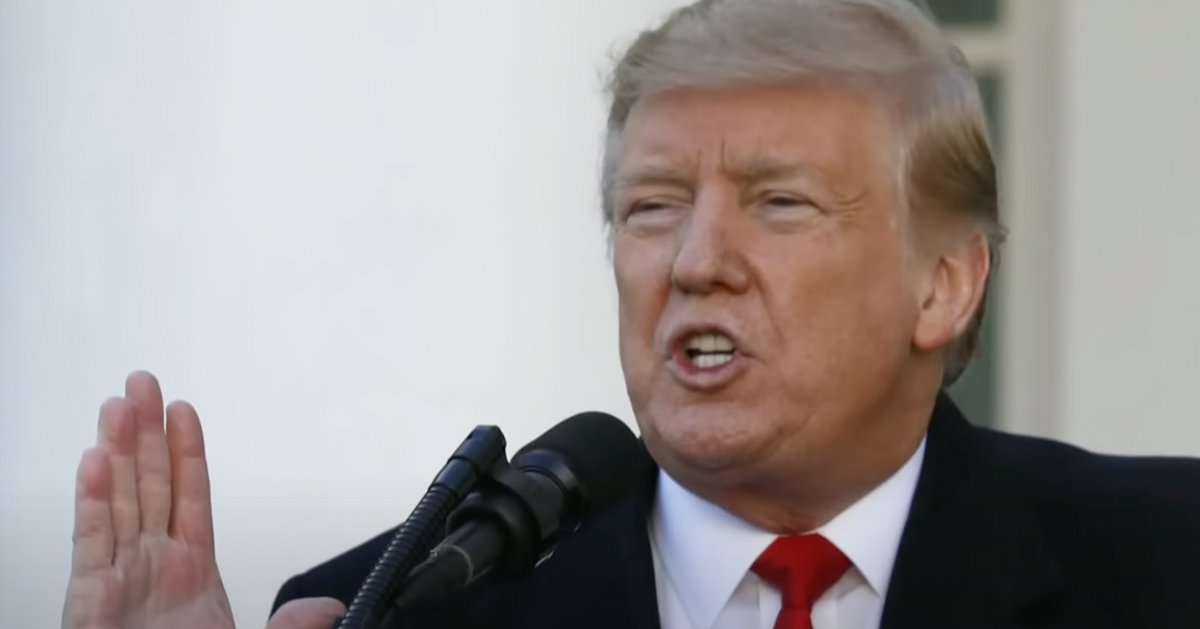US Plans to Send Thousands of Illegal Migrants to Guantanamo Bay
The U.S. is preparing to transfer a large number of illegal aliens to Guantanamo Bay, Cuba, in a move detailed by President Donald Trump on Wednesday afternoon.
Defense Secretary Pete Hegseth emphasized that the nation has sufficient capability to manage and expand this transfer process for upwards of 30,000 detainees, as necessary, as the Daily Wire reports.
In a statement, Hegseth underscored the readiness of the U.S. military to increase the capacity beyond its current level, which allows for 30,000 beds, and he offered assurances that the facilities and resources required for this endeavor are already in place and operational.
Guantanamo Bay's History with Migrants
Guantanamo Bay has a long history of temporarily housing migrants. In the 1990s, the U.S. used the base for tens of thousands of Haitian and Cuban migrants during a time of regional crisis.
"We absolutely can and can increase it rapidly," Hegseth stated, demonstrating confidence in the ability to manage a crisis he believes is even greater than before.
Recent operations by Immigration and Customs Enforcement (ICE) have led to the apprehension of 7,500 individuals classified as violent illegal immigrants within the last nine days. This development has posed logistical challenges for domestic detention facilities.
Air Transfer to Guantanamo Expected
Military aircraft will facilitate the mass movement to the Guantanamo Bay base, according to the current plan. This approach emphasizes the security and efficiency by which detainees will be managed before deportation to their respective countries.
Hegseth voiced clear support for this approach, saying that the military is ready to work in close coordination with both the Department of Homeland Security (DHS) and ICE to ensure the plan's effective implementation.
The goal is to ensure that these individuals do not remain longer in the U.S. than legally unavoidable. Hegseth's comments illustrate a precise and urgent tone in addressing the movement of detainees, describing the plan to “move them off to Guantanamo Bay where they can be safely maintained.”
Preparedness Highlighted by Defense Secretary
He presented a historical perspective on the use of Guantanamo Bay for such purposes, conveying a sense of continuity in the U.S.'s approach to handling migrant crises through this military installation.
"The Defense Department is prepared to do everything we can," Hegseth said, highlighting their operational readiness.
He further emphasized the department's preparedness to support this initiative as needed, and "we applaud DHS and ICE" for their recent actions.
A broader strategy is anticipated, should the scope exceed the current 30,000 target. This adaptation is part of a stated objective to protect what Hegseth refers to as the nation's well-being.
Hegseth Praises ICE
Hegseth also praised the efforts of ICE in recent days, calling attention to their effective operations against violent illegal immigrants.
"God bless them, where you move them? I tell you what, no one is going to be waiting on the Defense Department," he remarked, reiterating his advocacy for quick and decisive action.
The strategic plan of placement at Guantanamo Bay echoes longstanding U.S. policies towards managing large groups of detentions for immigration-related offenses. It reflects a continuation of past practices repurposed to meet contemporary challenges.
Key Implications and Real-world Impact
The decision to utilize military capacity for handling immigration issues underscores the enormity of the current challenge perceived by the U.S. administration. By engaging military resources, the U.S. seeks to reinforce its current immigration stance.
Conclusively, Hegseth reassures that this decision is set within a broader policy framework aimed at protecting citizens, both by preventing prolonged detention of dangerous individuals within U.S. borders and minimizing administrative backlogs to streamline deportations.






